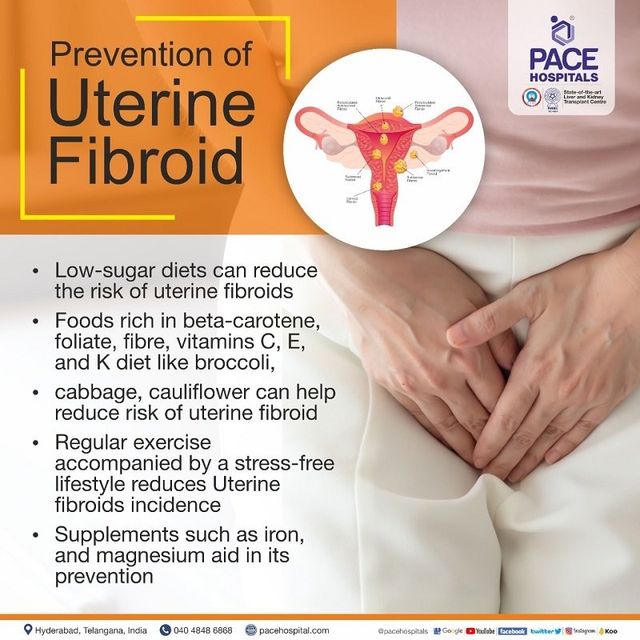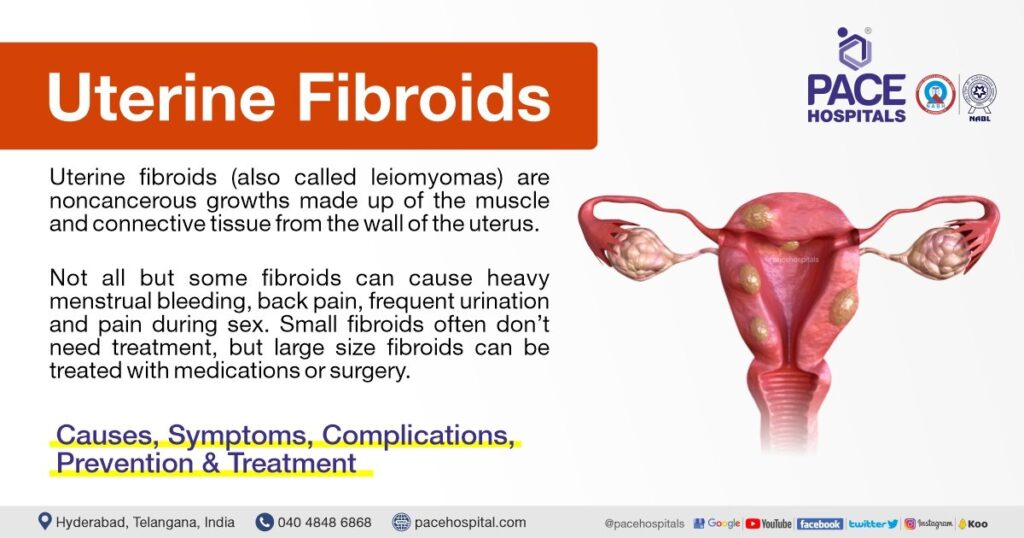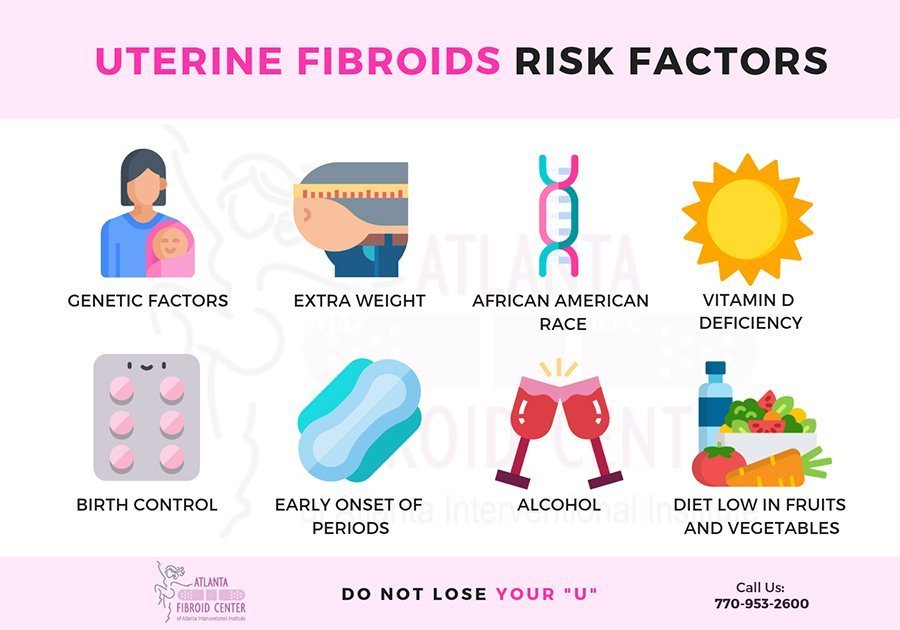Fibroids, also known as uterine fibroids or leiomyomas, are non-cancerous growths that develop in the uterus. This article aims to shed light on the various risk factors that contribute to the development of fibroids and the precautions one can take to mitigate the chances of encountering this condition. By understanding the factors that increase the likelihood of fibroids and adopting preventative measures, you can be proactive in safeguarding your reproductive health. So, let’s explore the risk factors and precautions associated with fibroids, empowering you to make informed decisions for your well-being.
Risk Factors for Fibroids
Fibroids are noncancerous growths that develop in or around the uterus. While the exact cause of fibroids is still unknown, certain factors have been identified that may increase the risk of developing these growths. Understanding these risk factors can help individuals identify potential triggers and take necessary precautions.

Age
Age plays a significant role in fibroid development. Research has shown that the risk of developing fibroids increases as you get older. Although fibroids can occur at any age, they are most commonly found in women who are in their 30s and 40s. The prevalence of fibroids tends to decrease after menopause, suggesting that hormonal changes associated with aging may influence their growth.
Ethnicity
Interestingly, fibroids are found to occur more frequently in certain ethnic groups. Studies have shown that women of African descent have a higher risk of developing fibroids compared to women of other ethnicities. On the other hand, Asian women tend to have a lower prevalence of fibroids. The exact reasons behind these variations in risk based on ethnicity are not yet fully understood, but genetic and environmental factors may contribute to these disparities.

Family History
Having a family history of fibroids increases the risk of developing these growths. If a close family member, such as a mother or sister, has been diagnosed with fibroids, you are more likely to develop them as well. This suggests that there may be an inherited genetic predisposition to fibroid growth. Furthermore, certain inherited genetic mutations have also been linked to an increased risk of fibroids.
Obesity
Obesity has been identified as a significant risk factor for fibroids. Studies have shown that women who are overweight or obese are more likely to develop fibroids than those who have a healthy weight. It is believed that excess fat tissue produces higher levels of estrogen, a hormone that can promote the growth of fibroids. Maintaining a healthy body weight through regular exercise and a balanced diet may help reduce the risk of developing fibroids.

Hormonal Imbalance
Hormonal imbalance, particularly an excess of estrogen relative to progesterone, is thought to contribute to the development and growth of fibroids. Estrogen stimulates the growth of uterine tissue, and when there is an imbalance between estrogen and progesterone levels, it can create an environment that favors fibroid growth. Factors such as hormonal fluctuations during the menstrual cycle and the use of hormone replacement therapy can influence the risk of fibroids.
Nulliparity
Nulliparity refers to the condition of never having given birth to a child. Studies have shown that nulliparous women have a higher risk of developing fibroids compared to women who have had children. It is believed that pregnancy and childbirth have beneficial effects on hormonal balance and uterine tissue, which may help protect against fibroid development. The specific hormonal mechanisms underlying this relationship are not yet fully understood.

Early Onset of Menstruation
An early onset of menstruation, also known as menarche, has been associated with an increased risk of developing fibroids later in life. Hormonal influences during puberty, such as higher levels of estrogen, may contribute to the development of fibroids. On the other hand, delayed menarche has been linked to a lower risk of fibroids. This suggests that hormonal factors during the early stages of reproductive life can impact fibroid development.
Diet
Dietary factors can also influence the risk of fibroids. Research has shown that excessive consumption of red meat, particularly processed and grilled meats, may increase the risk of developing fibroids. On the other hand, diets rich in fiber and antioxidants have been associated with a lower risk of fibroids. Consuming plenty of fruits, vegetables, whole grains, and legumes can provide essential nutrients that support hormonal balance and overall reproductive health.

Medical Conditions
Certain medical conditions have been associated with an increased risk of fibroids. Conditions such as polycystic ovary syndrome (PCOS), endometriosis, and adenomyosis have been found to be more prevalent in women who develop fibroids. These conditions involve hormonal imbalances and abnormal tissue growth, which may interact and contribute to fibroid development. Managing these conditions through appropriate medical treatment may help reduce the risk of fibroids.
Uterine Infections
Infections in the uterus, such as pelvic inflammatory disease (PID), have been linked to an increased risk of fibroids. Inflammatory processes triggered by infections can lead to abnormal tissue growth in the uterus, potentially promoting the development of fibroids. Taking preventive measures to avoid or promptly treat uterine infections may help reduce the risk of fibroids.
Understanding the risk factors associated with fibroids is essential for identifying potential triggers and taking necessary precautions. While some factors, such as age and ethnicity, cannot be controlled, there are lifestyle modifications that can help reduce the risk of fibroids. Maintaining a healthy weight, adopting a balanced diet, managing hormonal imbalances, and seeking appropriate medical care for related conditions can all contribute to minimizing the risk of developing fibroids. By being proactive and making informed choices, you can take control of your reproductive health and potentially decrease the likelihood of fibroid growth.